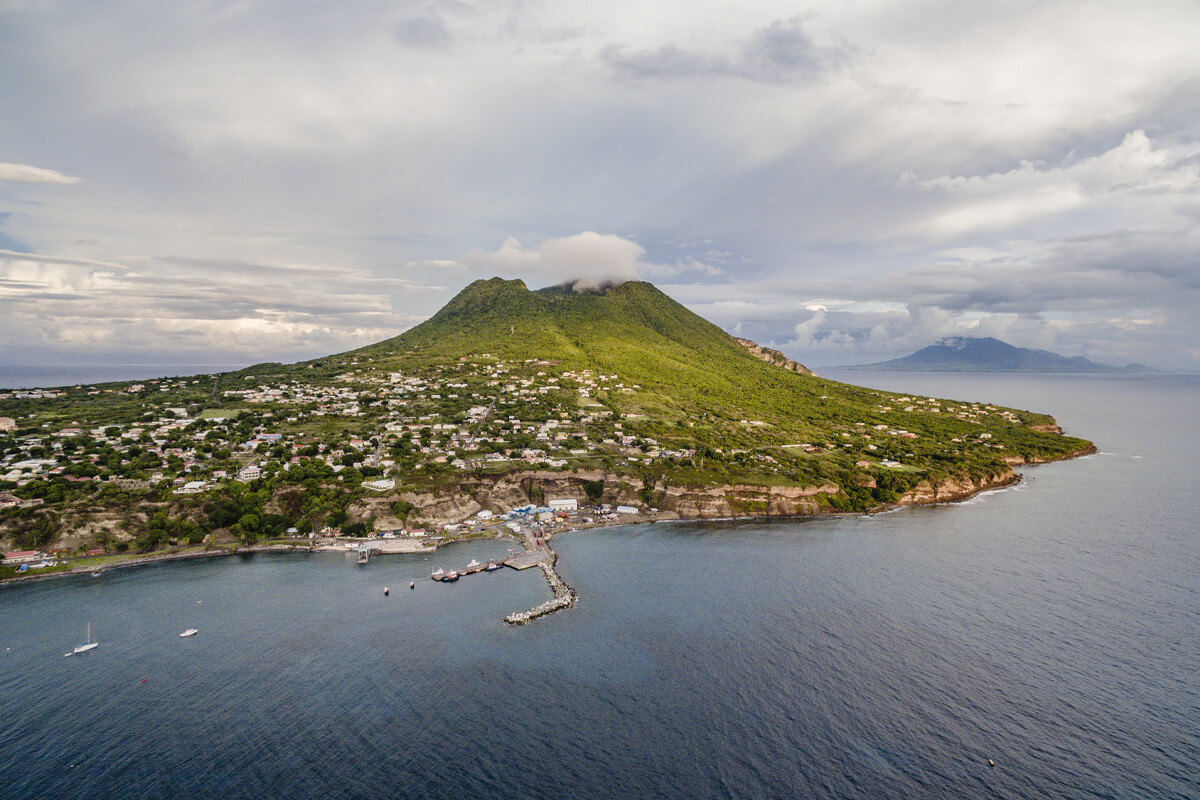Die ultimative Checkliste für Hausbesichtigungen für Käufer
06 Jan
Warten Sie mal...
29 Jun

Archaeologists digging on the Dutch Caribbean Island of St. Eustatius uncovered a slavery burial ground from the 18th Century. This unveiling may lead to a greater understanding of the enslaved plantation workers from the time. Mostly males, the skeletons of 48 people have been revealed thus far, and they speculate the number will exceed 100. In fact, it may be one of the largest discovered in the Caribbean to date.
Alexandre Hinton of the St Eustatius Center for Archaeology Research had this to say.
“We are predicting that the number of individuals buried here will surpass the burial site discovered at Newton Plantation on Barbados, where 104 enslaved Africans were excavated. This is one of the largest sites of its kind ever discovered in the Caribbean.”
The former sugar plantation was named the Golden Rock Plantation, and it is the future site of an airport expansion. Ms. Hinton says this dig has exceeded all expectations. The burials were found with coins, beads, ceramic plates, and tobacco pipes. Excavation of these items helps to form a more complete picture of the lives of these individuals.
You see, those in power completed writings about the slaves of the area at the time. They may have been skewed or limited. Through DNA research and “stable isotope analysis,” the scientists will be able to determine the origin, diets, and diseases these people faced, forming a more complete history.
History is power when dealing with fighting disease, mental illness, and population norms. Learning who these individuals were, where they came from, and their culture through history can teach us things about their past and where the descendants could be headed.
CITED: Apnews.com and drgnews.com